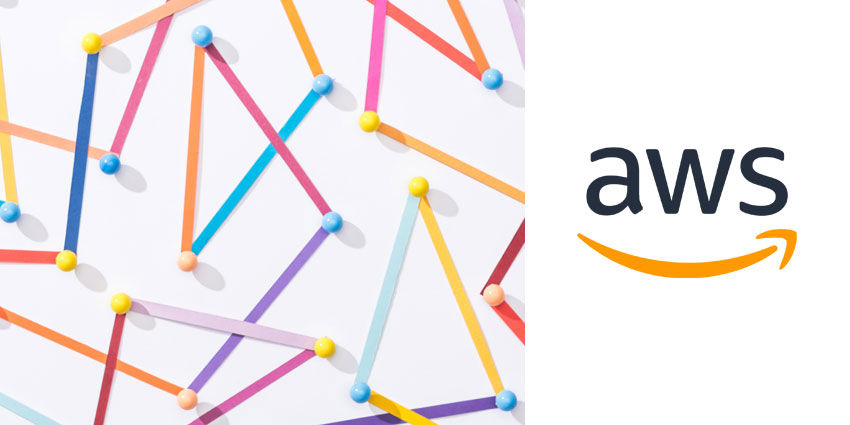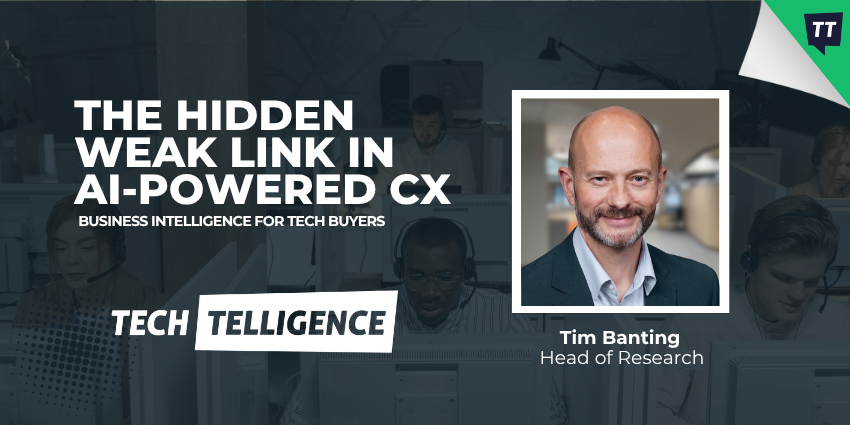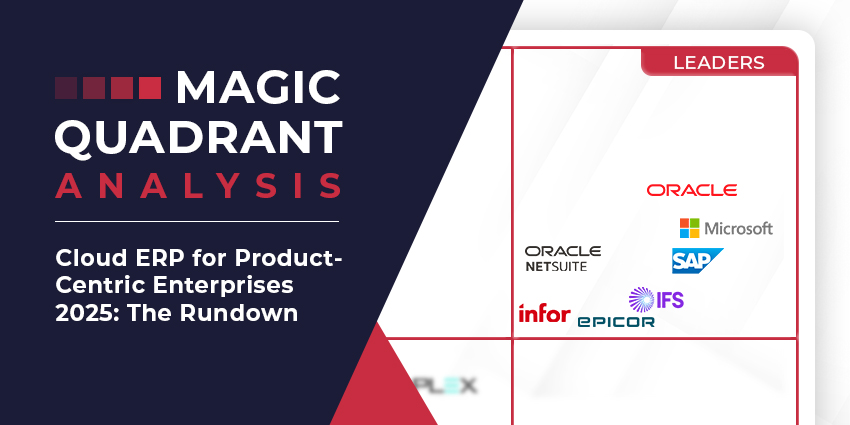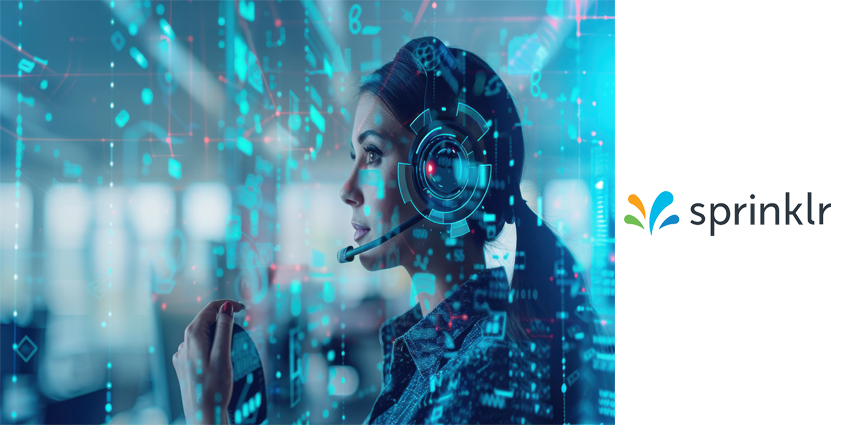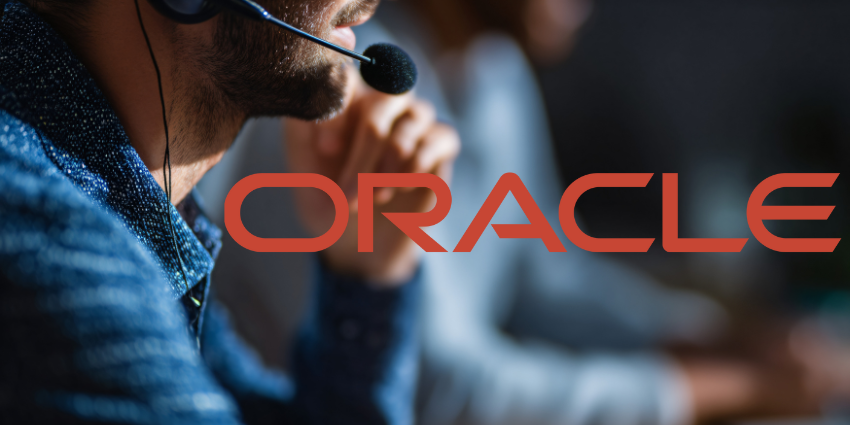AWS has launched AppFabric, a fully-managed service that allows users to connect several cloud-based applications across their organizations.
Think of it as a “cross-SaaS domain service”, which requires no development, enables tighter software integrations, and surfaces new opportunities for automation.
But that’s not all. As Adam Selipsky, CEO at AWS, notes on LinkedIn:
In just a few clicks, IT and security teams can connect, secure, and manage applications in one unified location.
Currently, AWS AppFabric connects 12 third-party SaaS applications. These include:
- Asana
- Atlassian Jira suite
- Dropbox
- Google Workspace
- Microsoft 365
- Miro
- Okta
- Slack
- Smartsheet
- Webex by Cisco
- Zendesk
- Zoom
These apps cover content management, customer relationships, enterprise communications, finance, and other arenas critical to CX.
However, expect this list to expand rapidly – as AWS has suggested it will – and cover many more business software classes.
The Enterprise Problem AWS Fabric Solves
In 2022, the average number of SaaS apps used per organization stood at 80.
Unfortunately, these applications rarely work well with one another. After all, various vendors develop apps that have unique interfaces, controls, and logs.
As such, data cannot easily funnel through these apps, and silos emerge. Such silos make data security and management a significant headache for most businesses.
Moreover, they restrict employee productivity, as team members must constantly switch between platforms to uncover information and perform tasks.
Thankfully, point-to-point integrations have helped to lighten the load. Nonetheless, these can take weeks, sometimes even months, to develop due to the difficulties in creating a unified data format and standardized programming interface.
Even when the integration is enterprise-ready, it takes money to maintain them.
AWS has designed AppFabric to make these challenges problems of the past. Here’s how.
How Does AWS AppFabric Work?
AppFabric aggregates and normalizes data into a single repository. From there, enterprises can set standard policies and alerts, creating cross-platform automations.
As Dilip Kumar, VP at AWS, summarizes:
[It’s] a new way for our customers to enhance the productivity applications they already use.
Users may also manage access to different applications more efficiently and improve their business’s security posture.
There are two ways in which AppFabric achieves the latter.
The first is by providing increased visibility across application data.
Second, the solution may pass aggregated data through an “Open Cybersecurity Schema Framework”. That framework makes the data accessible to various security tools, including Logz.io, Netskope, Netwitness, Rapid7, and Splunk.
While that may sound tricky, AWS states it takes just “a few steps” to connect applicable third-party apps in its Management Console.
And many businesses can get started now, with AppFabric already generally available in US East (N. Virginia), Asia Pacific (Tokyo), and Europe (Ireland).
A Supplementary GenAI Assistant to Come
Upon the launch of AppFabric, Selipsky promised:
In the future, AppFabric’s #generativeAI assistant will automatically make suggestions, execute tasks, or generate insights across applications.
As such, the tool may assist various groups of employees in creating content such as reports and performing various cross-function errands.
According to reports, these tasks may include compiling project updates, crafting meeting notes, and drafting proactive emails.
Amazon Bedrock – the AWS service that hosts foundational, customizable LLMs – will power these GenAI capabilities.
The launch of Bedrock garnered much attention, given the moves AWS’s main competitors – Microsoft and Google – had already made in the generative AI space.
However, from a CX perspective, AWS has made many more intriguing moves since the turn of the year. These center on its CCaaS platform Connect, conversational AI solution Lex, and massive partner ecosystem that just keeps on expanding.
